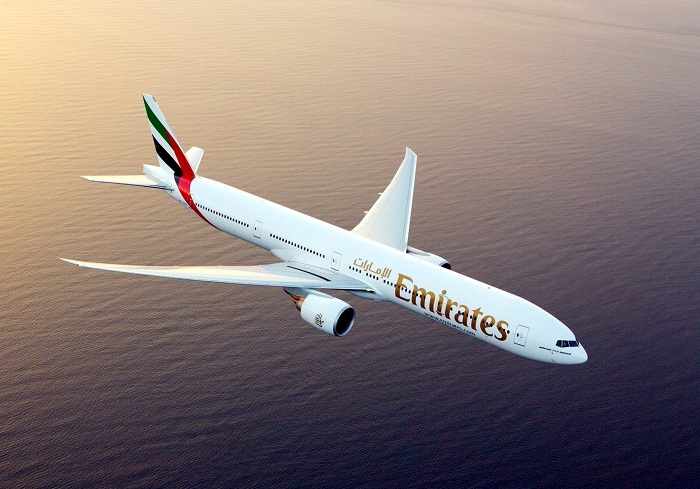
Boeing predicts robust long-term Middle East aviation demand
Boeing anticipates demand for 2,945 new airplanes in the Middle East valued at $685 billion over the next two decades, as the industry recovers from the Covid-19 pandemic in the medium- and long-term.
The projection is part of Boeing’s 2020 Commercial Market Outlook (CMO), an annual forecast of 20-year demand for commercial airplanes and services.
The work reflects the impact of the pandemic and Boeing’s view of near- medium- and long-term market dynamics globally and regionally.
Commercial aviation and services markets will continue to face significant challenges earlier in the 20-year forecast, while showing resilience and a return to growth trend over the longer term.
Over the next 20 years, passenger traffic growth in the Middle East is projected to increase by an average of 4.3 per cent per year, above the global average of four per cent growth per year.
“In recent decades, several airlines in the Middle East have leveraged their geographical position to connect rapidly growing Asian economies and the more mature markets in Europe,” said Darren Hulst, Boeing vice president of commercial marketing.
“At the historical crossroads connecting Europe, Africa and Asia, the Middle East and its airlines will remain a critical hub of sixth-freedom passenger flows and cargo throughout the 20-year outlook.”
The Middle East commercial fleet is expected to reach 3,500 by 2039 – more than doubling the current 1,510 airplanes – to address replacement needs and growth, according to the CMO.
Globally, with key industry drivers expected to remain resilient through the forecast’s 20-year period, the commercial fleet is expected to return to its growth trend, generating demand for more than 43,000 new airplanes.
ADVERTISEMENT
Cargo
The manufacturer has also released its biennial World Air Cargo Forecast (WACF), reflecting Covid-19 impacts and opportunities as well as substantial long-term demand for freighters over the next two decades.
Enabled by a rebound in global trade and long-term growth, the WACF forecasts demand for 2,430 freighters over the next 20 years, including 930 new production freighters and 1,500 freighters converted from passenger airplanes.
According to the new forecast, world air cargo traffic will grow at 4% per year over the next 20 years.
This growth is influenced by trade and growing express shipments to support expanding e-commerce operations.
With these developments and the proven need for dedicated freighter capacity to support the world’s transportation system, the global air cargo fleet is expected to grow by more than 60 per cent through 2039.
“Freighter operators have been in a unique position in 2020 to meet market requirements for speed, reliability and security, transporting medical supplies and other goods for people and communities around the world,” said Hulst.
“Looking ahead, dedicated freighters will be even more critical to compete in air cargo markets; they carry more than half of air cargo traffic, and airlines operating them earn nearly 90 per cent of air cargo industry revenue.”

